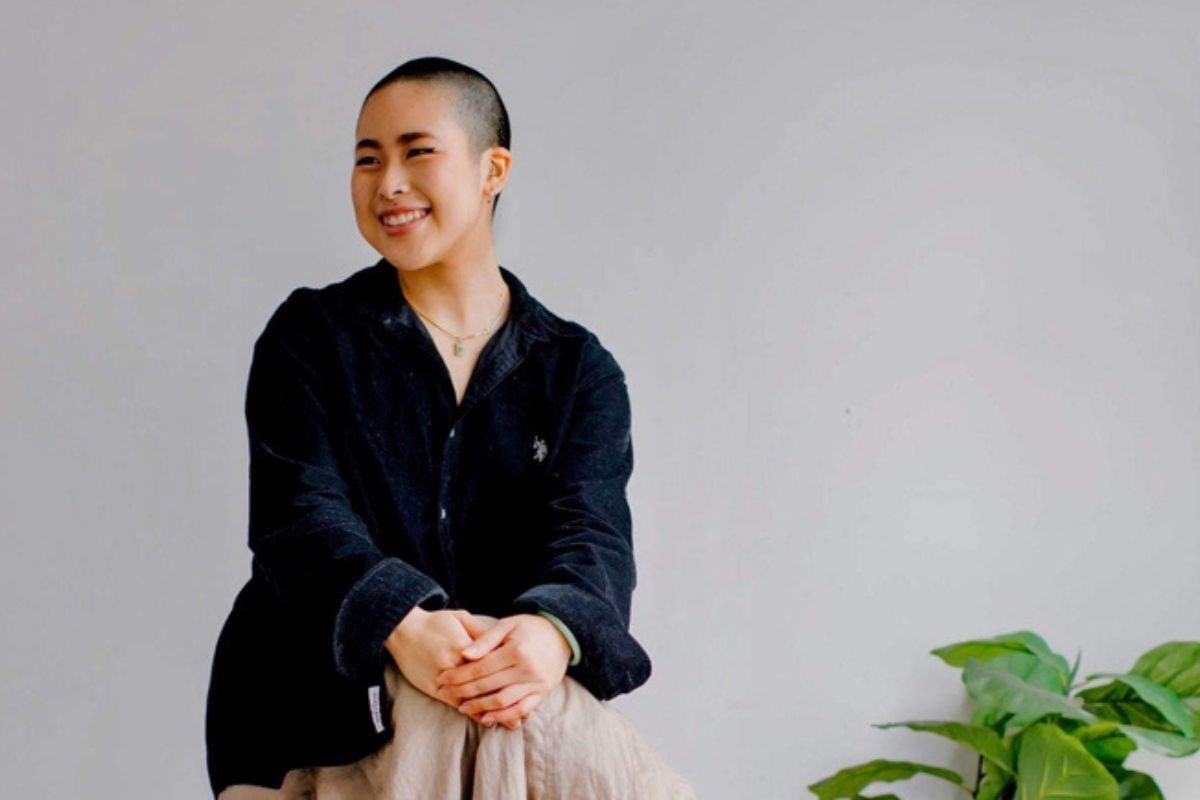How the Monash University Fastrack entrepreneurship program fosters start-up success

Fastrack participant and double degree undergraduate Julia Tai.
The very selective Monash Business School Fastrack start-up program cultivates entrepreneurial students’ skills to help them develop and launch the business of their dreams.
The two-semester real-life experience sees students found and launch a business with paying customers in just 24 weeks.
Run in 2022 for the first time, Fastrack was offered across Monash University via competitive entry with over 1,000 applications for 36 places in the program.
Eight different faculties were represented by this year’s cohort, including Monash Business School.
How Fastrack is changing students’ career trajectories
Julia Tai studies a double degree in Commerce and Arts. She was unsure where her career trajectory was taking her and was looking for more flexibility and purpose.
“The technology and jobs are changing so fast and you need new skills to meet these needs. With Fastrack you learn a lot of things you otherwise wouldn’t in a classroom like communication skills – pitching ideas, interviewing strangers, customer interviews and sales,” she says.
“There is a great network of mentors, experts and founders who just want you to succeed. It’s a very safe space to make mistakes.”
Fastrack founder and Professor of Entrepreneurship, Professor David Gilbert started the Fastrack program back in 2007 at RMIT and brought it to Monash Business School in 2018.
There are now ten undergrad and postgrad units in the Entrepreneurship portfolio, many of which were launched just before the start of Covid.
At the core of the program is the key transformation that participants go through, from the student mindset into the founder mindset.
How Fastrack works
“Success for Fastrack means that student founders have viable businesses in the market with paying customers. Importantly, it also means that all the founders in Fastrack are now prepared for the realities of starting a business or for being an innovator in an existing business,” says Prof Gilbert.
Julia Tai did not expect to walk out at the end of the program as the founder of a business. But her business, Aquip became a reality.
“My team was interested in diversity and inclusion in the workplace for young people,” she explains.
“We started Aquip which is a modernised recruitment process with authenticity and individualism at the heart of it.
“We help employers reshape job ads and short videos to attract young people. And we help students get a more authentic idea of what it’s like to work in that company to find their right fit.
“We have two clients already who we are hiring for after numerous interviews.”
The program works closely with industry teaching fellows who design and teach content derived from their everyday jobs in start-ups both in Australia and Silicon Valley.
Students are vetted based on their CVs, and must provide a 90-second video outlining what they bring to the course and why they should be a part of Fastrack.
For 2023, 47 people have been shortlisted for 30 places and are undergoing final interviews.
How student participants are chosen
Rather than focusing purely on academic results, Prof Gilbert selects participants based on how well they connect their studies with an entrepreneurial thirst to start their own business.
“Most students find out about the program through word-of-mouth. In addition to what they are doing at Monash, I look for what they do outside of their studies like volunteering and special interests. Are they coachable and willing to listen? That’s what we need,” Prof Gilbert says.
Once accepted, students go through quite an extended socialisation period before the program starts so everyone knows each other and can self-select into teams according to their ideas and areas of interest. This year’s cohort will run a handover with the new 2023 students.
The reality of starting a business is challenging, amid the pressure of failing. The market stats show that nine out of 10 businesses will fail. The Fastrack stats are a little more promising – 30 to 40 percent of ideas will succeed.
“The first semester is all about what problem the students are solving. They must interview at least 100 potential customers and delve into whether the problem they are trying to solve is really the problem the customer is seeing. We get them to test and validate the assumptions and how to deal with risk,” says Professor Gilbert.
“Then we move them into solution mode. We continually test their prototyped solutions with the customers to see if this is really what they need and want. The second part is about taking the product to market.
“We teach them customer segmentation, channels to customers and work hard on building sales and the financial skills they need. One of the assessments is how many paying customers do you have? It’s very hands-on.”
This year, nine out of 12 teams had customers willing to pay for their products. The standout start-ups from this cohort who are already in market and receiving considerable attention from investors are:
- Audiowear: Haptic wearables that create a more immersive and accessible audio experience.
- Enablr: Integrated chip technology to empower people with disabilities to lead a more self-determined, dignified life.
- Aquip: A graduate recruiting start-up that brings authenticity and individualism to recruitment.
- Wonki: Sustainable products made from revived wonky produce.
Whether students continue to run their own start-up or get a job in industry, they are extremely work ready with several essential skills once they leave the program.
“The program has been life-changing for me,” says Julia Tai.
“I met so many like minded people and it has given me a sense of purpose because I’ve been able to create an impact.
“It has helped me realise my own potential within my career and to gain more confidence in myself and my skills. I am 100 percent staying in the startup scene.”











Responses